Florence recalled the 71st of the deportation of Jews to concentration camps in Florence
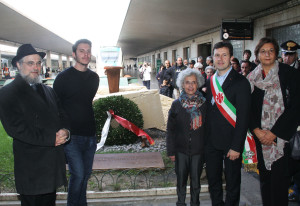 Last Sunday, the mayor Dario Nardella was in the binary 16 della Stazione di S. M. Novella alla commemorazione della partenza del primo convoglio di deportati ebrei, which took place on 9 November 1943.
Last Sunday, the mayor Dario Nardella was in the binary 16 della Stazione di S. M. Novella alla commemorazione della partenza del primo convoglio di deportati ebrei, which took place on 9 November 1943.A raid on the premises of the Jewish community of Via Farini marked, Seventy years ago, the fate of many Jews in Florence.
It was the dawn of 6 November 1943 when the Nazi-fascists decided to hit the Jewish community, about three hundred people caught and piled in the station of Santa Maria Novella, destined never to return.
A far scattare la retata furono le SS tedesche ma anche i militi italiani della Repubblica di Salò.
Three days after, the 9 November, The goal sealed wagons left the death camp of Auschwitz, where the Jews came to the 14 November: 193 prisoners were immediately killed in the gas chambers.
In the list of deportees also included eight children born after 1930 and 30 elders, born before 1884.
The youngest was Leah Vitale, born in 1942, the older German and Fanny had 93 years.
Last Sunday, the memory of the city of Florence in the 71th anniversary of the deportation to the presence, among others, Councillor for Welfare Sara Funaro, Rabbino of Joseph Levi, the President of the Jewish Community of Florence Sara Cividalli, Senator Rosa Maria Di Giorgi and City Councilman Thomas Grassi.
“This anniversary has always been felt by our city thanks to the Jewish community of Florence - said in his speech the Mayor Nardella - is another sign of how Florence alive his identity as a city of peace, Memory, Liberation. But it is not enough just to remember, must act. A concrete action is to be able to have the opportunity to host the Memorial Italian in Florence's Block 21 di Auschwitz. It will be placed in the spaces Ex3, a Gavi Nana”.
“The Memorial will be an additional tool to work with our young people - said the Mayor - through remembrance and education can continue to grow the seeds of respect and dialogue. When we no longer have direct witnesses of the Holocaust the greatest testimony is that of the story of those who, by ties of blood or friendship, listened to the atrocities committed during that period. For memory culture is the largest vehicle”.
In 1931 lived in Florence 2.730 Jews.
The racial laws and the persecution of the Holocaust hit hard the community: after the war remained in less than 1200.
The persecution also turned to the buildings with the destruction of the small synagogue in Via de 'Jews and the serious devastation suffered by the temple.
The Jewish community, old, dating back to the Roman period had given a lot to Florence in the field of culture, by the publishers all'italianista Attilio Momigliano, through the lawyer Federico Cameo and the psychoanalyst Enzo Bonaventura.
But even before the Jews had participated actively in the Florentine Renaissance and the First World War.
Nicola Nuti
By the number 39 – The Year of 12/11/2014
To see the bigger picture just click on it.
 
 
 
 
 
 
 
 
 
 
 
 
 
 
 
 
 
 
 
 
 
 
 
 
 
 
 
 
 
 
 
 
 
 
 
 
 
 
 
 
 

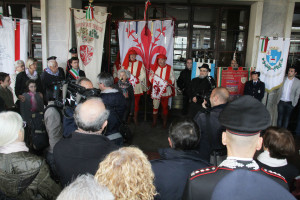
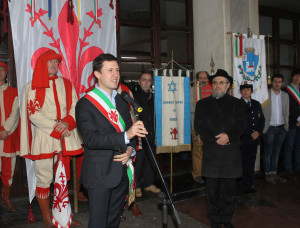



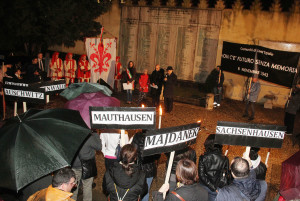
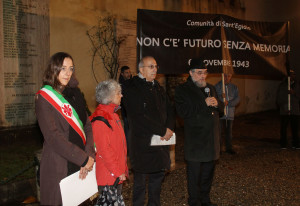

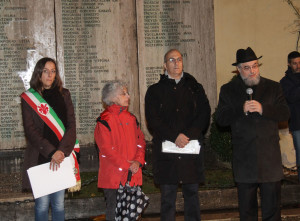
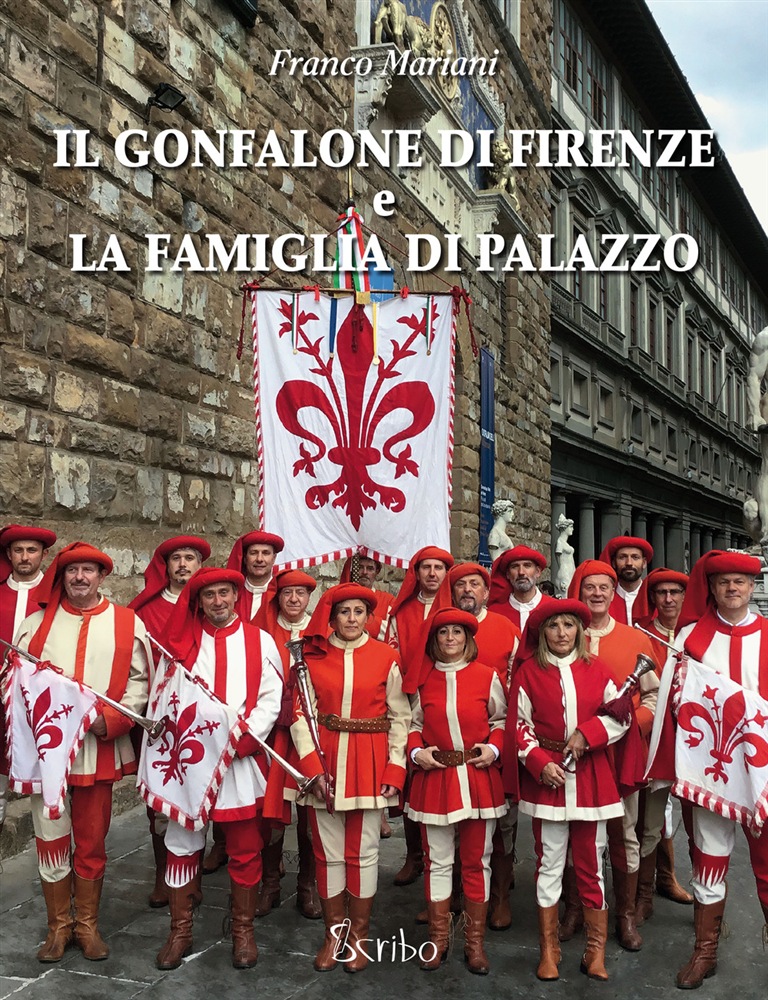

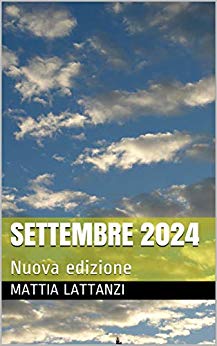


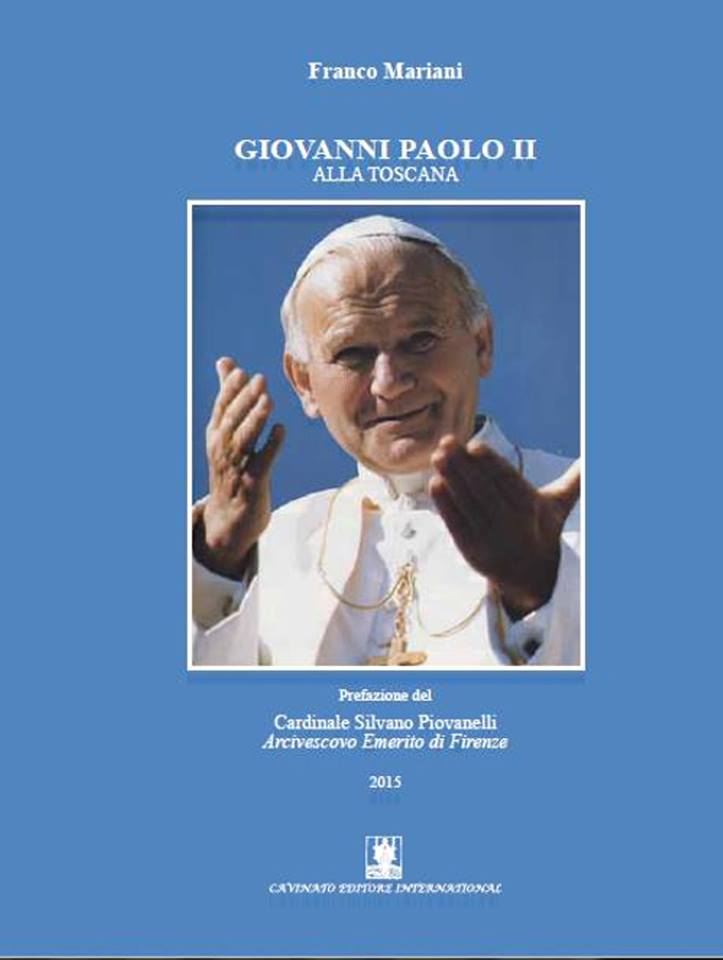
Follow Us!